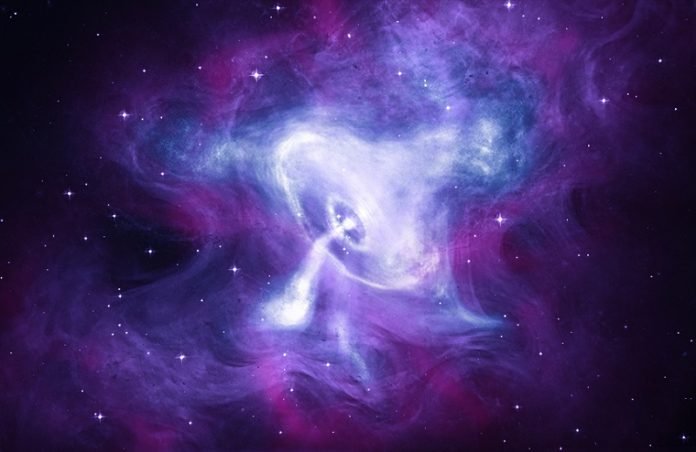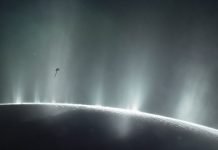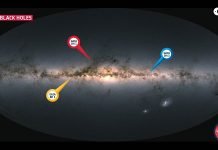
A new project turns astronomical images from the Chandra X-ray Observatory—operated for NASA by the Smithsonian Astrophysical Observatory—and other telescopes into sound.
When you see stunning images of space, they’re often visual representations of data captured by telescopes, with different colors for different elements or types of energy.
Now scientists are translating that data into sound—a process called sonification.
Through sonification, you can “listen” to the center of the Milky Way as observed in X-ray, optical, and infrared light.
The effort started to connect audiences, particularly those who are blind or low vision, with astrophysics data.
The COVID-19 pandemic meant that physical 3D models of space objects were no longer the best way to experience these phenomena.
The sonification team worked with scientists and students who are blind or have low vision to share this information in a new digital way.
The center of our Milky Way galaxy, about 26,000 light years from Earth and 400 light years across, is turned into a twinkling texture of sound.
The data translation moves left to right across the image, with sounds representing the position and brightness of the sources: xylophone for X-ray, violin for optical and piano for infrared light.
Stars are individual notes, while extended clouds of gas and dust are a drone. Listen for the crescendo at the bright region on the lower right, the home of our galaxy’s supermassive black hole called Sagittarius A*.
The sound is more intense in the sonification of the Crab Nebula, which is powered by a fast-spinning neutron star that formed when a massive star collapsed.
The star that exploded to create the Crab Nebula was reportedly first seen from Earth in 1054 A.D, and the Crab Nebula was one of the first objects that Chandra examined with its sharp X-ray vision after its launch into space in 1999.
In this piece, the X-rays (visualized as blue and white) are played by brass instruments, optical data from the Hubble Space Telescope (purple) by strings, and infrared data from the Spitzer Space Telescope (pink) by the woodwinds. Just as on a musical score, light toward the top of the image is played as higher pitched notes. Brighter light is played louder.
Hear more space sonification projects from across the universe. You can also listen to a playlist of black hole sounds.
Written by Hannah S. Ostroff.
Source: Smithsonian.




